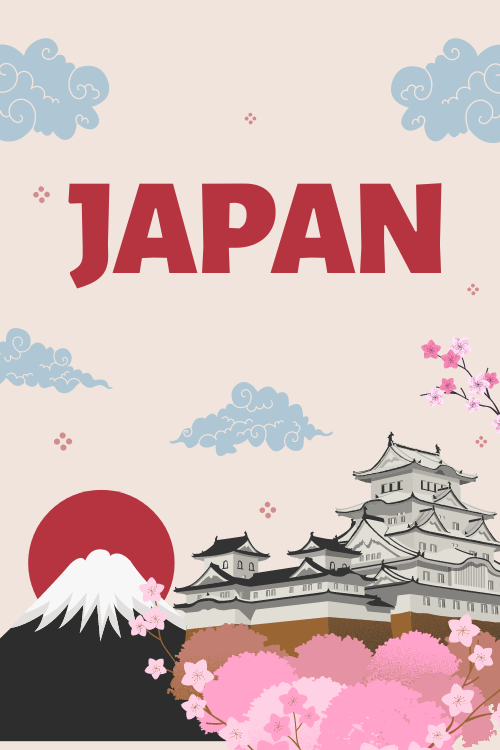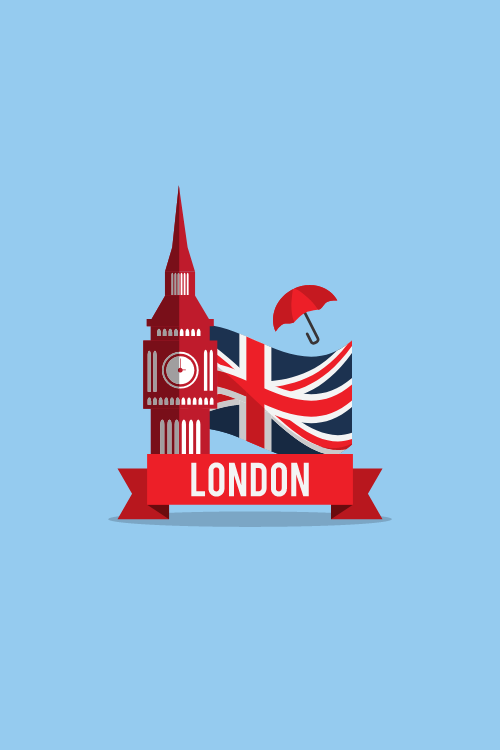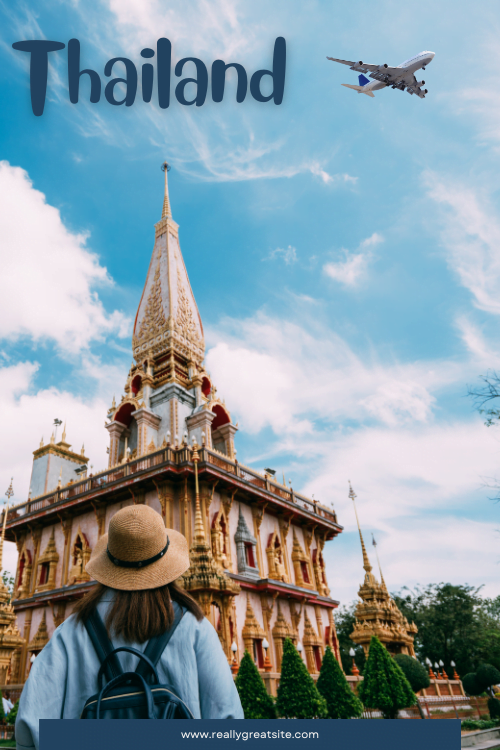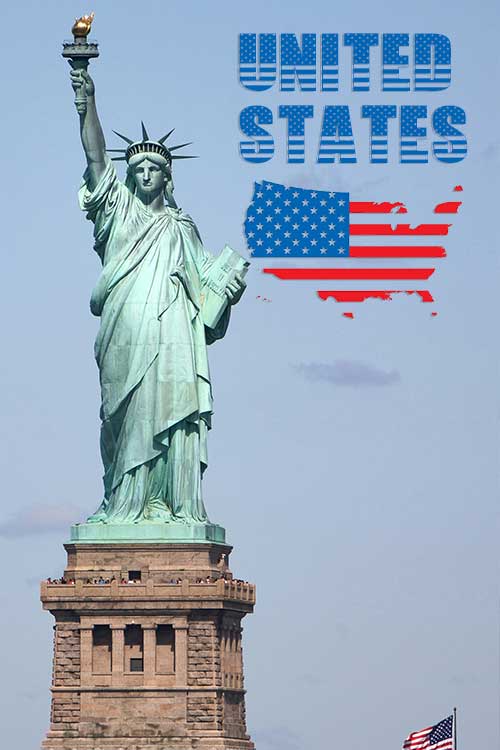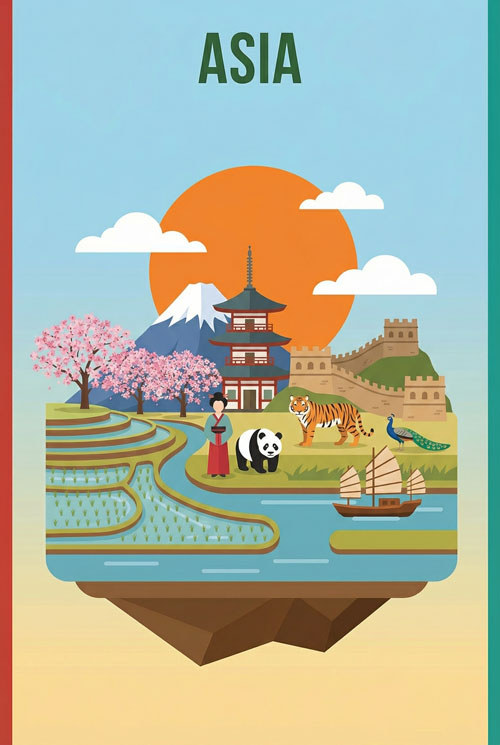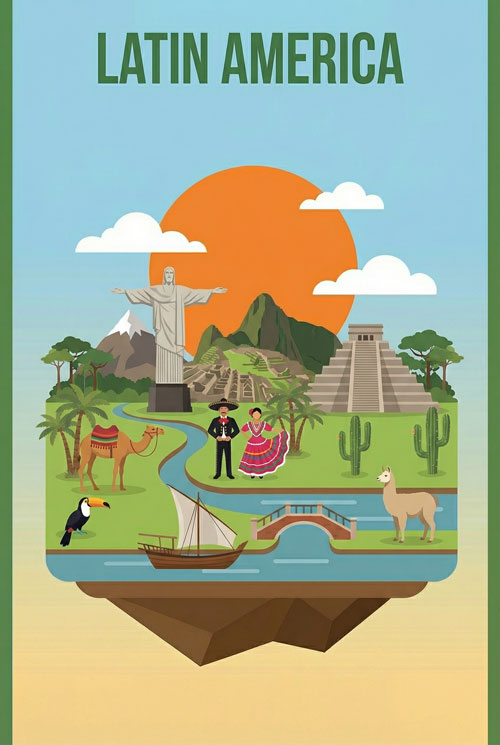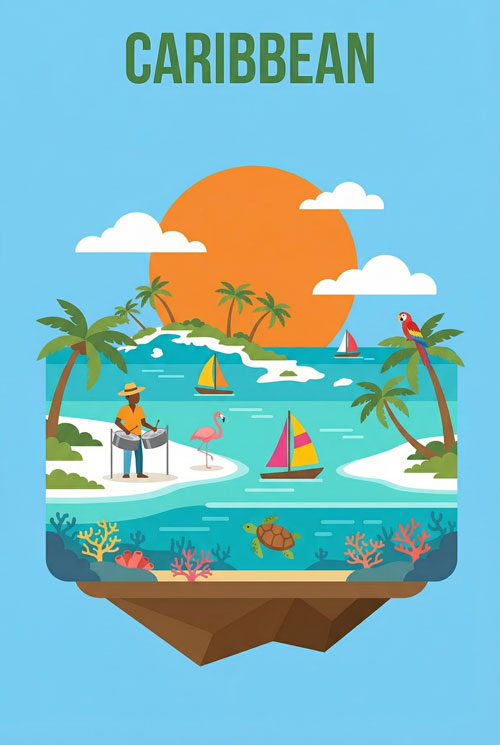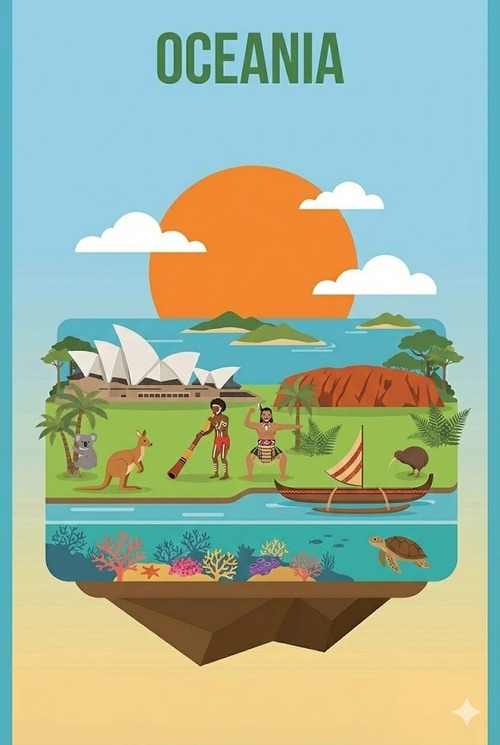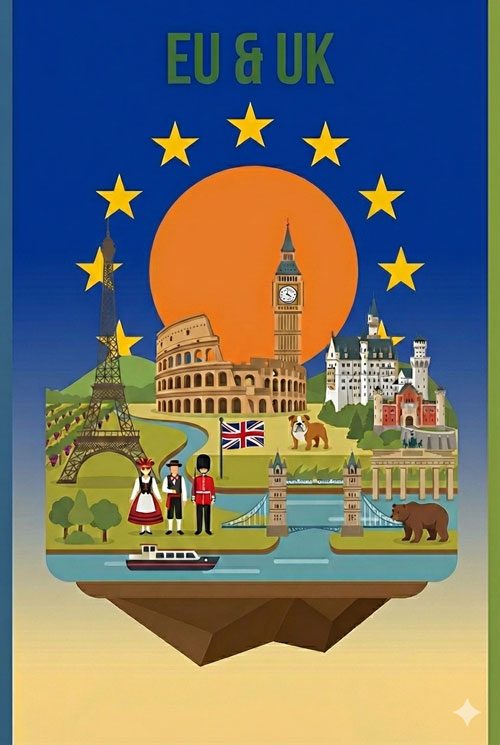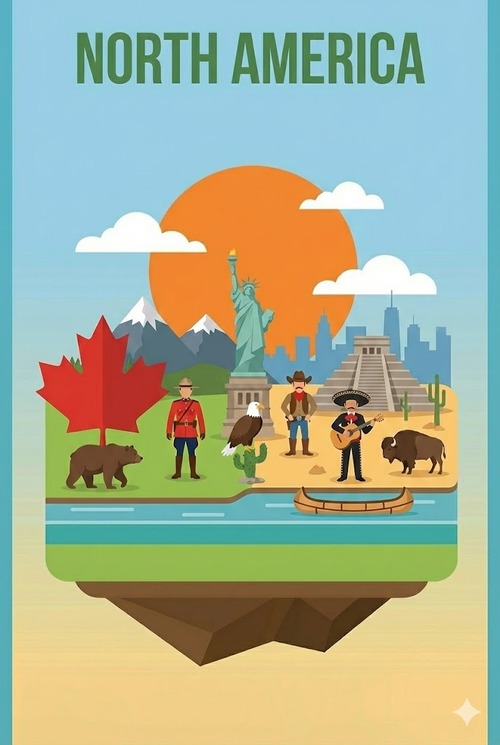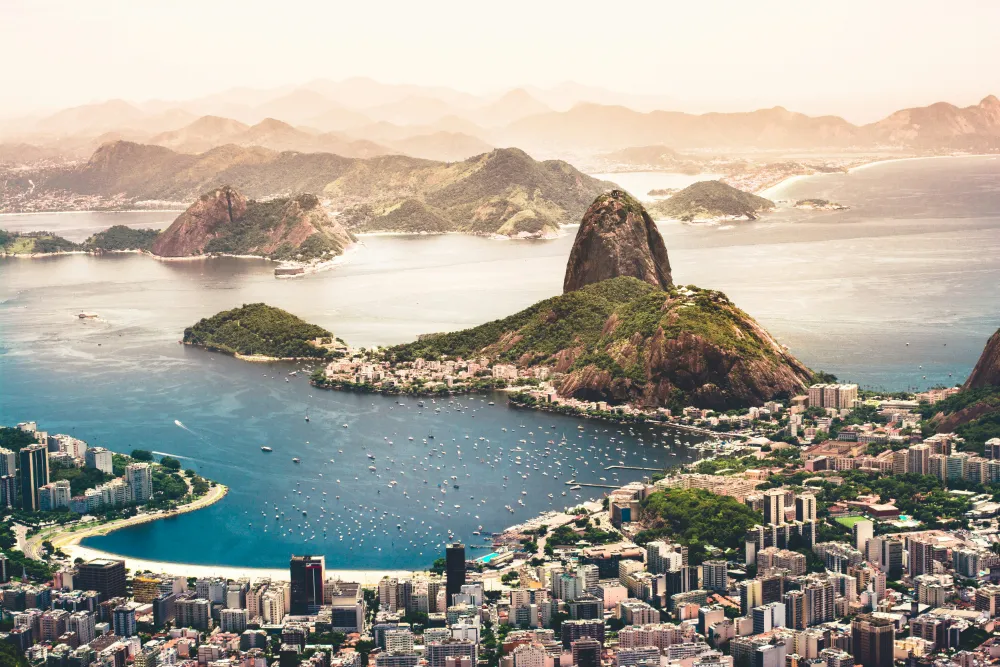Travel Guide
Brazil Travel Guide: Everything You Need To Know
Planning a trip to Brazil? You’re in for an amazing experience. Brazil offers incredible diversity, from the Amazon rainforest to stunning beaches and lively cities. Because it’s so vast, smart planning is key to making the most of your visit. This guide gives you everything you need: essential planning tips (like visas and safety), insights into top destinations, realistic budget advice, how to get around, staying connected, and ideas for unforgettable experiences. Let’s dive into making your Brazilian adventure truly special.
Planning Your Brazil Trip
Getting the core planning right makes your Brazil trip much smoother. Let’s look at the essentials before you even pack your bags.
Visa and Health Checks
First things first, check if you need a visa. Requirements change based on your nationality. It’s important to know that citizens of the United States will need a tourist visa starting April 10, 2025. Always check the latest rules from your government and the Brazilian embassy or consulate well before your travel dates.
Your health is crucial too. Talk to your doctor or a travel clinic about recommended vaccinations. This is especially important if you plan to visit areas like the Amazon. They can give you the best advice based on your itinerary and health history.
Staying Safe in Brazil
Safety is often on travelers’ minds, particularly in big cities. Brazil welcomes visitors warmly, but like anywhere, it pays to be careful. Stay aware of your surroundings. Avoid flashing expensive jewelry or electronics. Research the specific neighborhoods you plan to visit, as some areas might have higher crime rates. Stick to well-lit, busy areas, especially at night. These simple steps help you avoid problems and enjoy your trip with peace of mind.
Currency and Payments
Brazil’s currency is the Brazilian Real (BRL). Get familiar with the current exchange rate before you go. While major credit cards are accepted in many hotels, restaurants, and shops, it’s not universal. You’ll definitely need some cash (Reais) for smaller shops, local markets, street food, and transport in some areas. Inform your bank about your travel plans to avoid blocked cards. Having a mix of payment options is usually the best strategy.
When to Visit Brazil
Choosing when to go depends heavily on where you’re going and what you want to do. Remember, Brazil’s seasons are opposite to the Northern Hemisphere. Summer is December to February, and winter is June to August.
Generally, spring (September-November) and fall (March-May) offer pleasant weather and fewer crowds in many popular spots. But for specific experiences, timing is everything.
Want amazing wildlife viewing in the Pantanal? Aim for the dry season (roughly May to September). Animals gather around the remaining water sources then.
Dreaming of exploring the Amazon’s flooded forests by boat? The rainy season (around December to May) makes that possible.
Major events also shape the calendar. Carnival (usually February or March) is spectacular in Rio de Janeiro and Salvador, but expect huge crowds and higher prices. Plan way ahead if Carnival is your goal. Oktoberfest in Blumenau (October) is another big draw. Think about what matters most for your perfect trip.
Plan Your Spending: Budgeting for Brazil
Your Brazil budget can vary a lot. It depends on your travel style – are you a backpacker, a comfort seeker, or looking for luxury? Generally, you can find options across the spectrum.
Want to save money? Stay in hostels or pousadas (guesthouses). Eat at “kilo restaurants” (pay by weight) or local spots called “botecos.” Use public transportation within cities. For longer distances, buses are usually cheaper than flights, but flights save a lot of time in this huge country.
As a rough guide, a backpacker might spend around 215 BRL daily. A mid-range traveler could budget about 420 BRL. For a more upscale trip, expect costs over 750 BRL per day. These are just estimates – your choices will shape your actual spending. Planning ahead helps you manage costs effectively.
Get Moving: Transportation To and Around Brazil
Most international travelers fly into São Paulo (GRU) or Rio de Janeiro (GIG). These airports connect Brazil to the world.
Getting around within Brazil often means covering long distances. Domestic flights are fast and common, with several airlines serving many cities. Long-distance buses are the budget-friendly choice. They connect almost everywhere, but be prepared for long travel times. Train travel isn’t really a major option here.
Inside cities, metros and buses work well in places like Rio and São Paulo. Taxis and ride-sharing apps like Uber are widely available. They offer convenience, especially at night or in areas less served by public transport. Knowing your options helps you navigate Brazil efficiently.
Exploring Diverse Destinations
Brazil is packed with incredible places to visit. Each region offers something unique. Here are some highlights to spark your imagination:
Experience Iconic Rio de Janeiro
Rio, the “Marvelous City,” lives up to its name. Think Christ the Redeemer watching over the city, Sugarloaf Mountain offering stunning views, and the world-famous beaches of Copacabana and Ipanema. Explore different neighborhoods like lively Lapa (great nightlife), charming Santa Teresa (bohemian vibe), and peaceful Urca (home to Sugarloaf). You can relax on the beach, hike to viewpoints like Pedra da Gávea, feel the energy of a samba show, or catch a football match at the legendary Maracanã stadium. Just remember to stay aware of your surroundings, especially in crowded tourist spots and on beaches.
Dive into Dynamic São Paulo
São Paulo is Brazil’s huge, energetic metropolis. It’s a hub for culture, business, and amazing food. Don’t miss Paulista Avenue, the green escape of Ibirapuera Park, and world-class museums like MASP. Explore diverse neighborhoods like Liberdade, the historic Japanese district. São Paulo’s food scene is incredible – from street food delights to fancy restaurants. The city also buzzes with nightlife and cultural events year-round. It offers a completely different vibe from Rio.
Journey into the Mighty Amazon
An adventure into the Amazon Rainforest is unforgettable. This vast area is bursting with wildlife and unique plants. Cities like Manaus, Belém, or Santarém are common starting points. You can take river cruises, stay in jungle lodges deep in the forest, go on guided walks to spot monkeys and birds, or learn about indigenous cultures. Remember the timing: the dry season is often better for seeing animals, while the rainy season lets you explore flooded areas by boat.
Witness Majestic Iguazu Falls
Prepare to be amazed by Iguazu Falls, straddling the border of Brazil and Argentina. Seeing the falls from both sides gives you different, equally incredible views. Take a thrilling boat trip right up to the base of the falls (prepare to get wet!). Explore the walking trails through the national parks surrounding this natural wonder. The sheer power is breathtaking.
Feel the Rhythm of Salvador
Salvador, in Bahia, is the heart of Afro-Brazilian culture. You’ll feel it in the music (samba, axé), see it in the captivating dance-fight of capoeira, and taste it in the food (try acarajé and moqueca). Explore the Pelourinho district, a UNESCO World Heritage site with colorful colonial buildings. Salvador also boasts beautiful beaches nearby. It’s a city with deep soul and history.
Relax in Island Paradise: Florianópolis
“Floripa,” as locals call it, is an island city in Southern Brazil known for amazing beaches. It’s popular with surfers for its great waves and backpackers for its laid-back vibe and nightlife. Beyond the beaches, you’ll find lagoons and hiking trails. It offers a great mix of relaxation and activity.
Spot Wildlife in the Pantanal
The Pantanal is the world’s largest tropical wetland – a paradise for wildlife lovers. You have excellent chances of seeing jaguars, caimans, capybaras, and hundreds of bird species. Access is usually through Cuiabá or Campo Grande. Again, the dry season (May-September) is generally best for spotting animals as they gather near water.
Dive into Fernando de Noronha
This stunning archipelago off the northeast coast is a protected marine park. It’s famous for world-class diving and snorkeling. The waters are crystal clear and full of life – dolphins, sea turtles, and colorful fish are common sights. Visitor numbers are limited to protect the environment, making it feel exclusive and pristine.
Step Back in Time: Ouro Preto and Minas Gerais
Explore the charming historical towns of Minas Gerais. Places like Ouro Preto, Mariana, and Tiradentes boomed during Brazil’s gold rush. Today, they offer beautifully preserved colonial architecture, especially stunning baroque churches. It feels like stepping back into Brazil’s rich past.
Explore Colonial Charm and Nature: Paraty
Paraty is a lovely colonial town nestled between lush mountains and the sea on the Costa Verde (Green Coast). Wander its cobblestone streets, then take a boat trip to explore nearby islands and beaches. Kayaking in the calm waters of Saco de Mamanguá fjord is another highlight. It’s a perfect blend of history and natural beauty.
See Modernist Design: Brasília
Brazil’s capital, Brasília, is unique. It was purpose-built in the mid-20th century and is famous for its striking modernist architecture designed by Oscar Niemeyer. If you’re interested in urban planning and design, it’s a fascinating place to visit.
Discover Culture in Recife and Olinda
In the state of Pernambuco, Recife and Olinda offer rich cultural experiences. Recife, with its rivers and bridges, is sometimes called the “Brazilian Venice.” Nearby Olinda is a UNESCO World Heritage site, a hillside colonial town known for its vibrant art scene, colorful houses, and lively Carnival celebrations.
Immersive Experiences and Activities
Brazil offers more than just beautiful sights. It invites you to dive in and experience its culture and nature firsthand.
Connect with Nature and Wildlife
- Hike Stunning Landscapes: Explore the dramatic cliffs and waterfalls of Chapada Diamantina or Chapada dos Veadeiros National Parks. The views are incredible.
- Snorkel or Dive Clear Waters: Discover amazing underwater worlds in Fernando de Noronha or Bonito. Expect colorful fish and maybe even turtles or rays.
- Go Wildlife Spotting: Take guided tours in the Pantanal or the Amazon. Expert guides increase your chances of seeing elusive animals like jaguars or giant river otters.
- Explore Unique Ecosystems: Visit Lençóis Maranhenses National Park (best between May and September) to see stunning white sand dunes dotted with clear blue lagoons. It looks otherworldly.
- Venture Off-Path: Explore lesser-known natural areas like Jalapão for rugged beauty and adventure away from the main tourist trails.
Immerse Yourself in Culture and History
- Experience Carnival: Feel the energy! Join the massive street parties (blocos) in Rio, witness the elaborate parades, or experience the unique rhythms of Carnival in Salvador or Olinda. It’s an unforgettable cultural explosion.
- Wander Historical Towns: Explore Ouro Preto, Tiradentes, and other colonial gems in Minas Gerais. Absorb the history etched in their architecture and churches.
- Learn About Indigenous Cultures: Consider responsible tourism options in the Amazon that allow respectful visits to indigenous communities. Learn about their traditions and connection to the rainforest.
- Try Capoeira: Take a class or watch a ‘roda’ (circle) performance in Salvador. Understand the history and skill behind this Afro-Brazilian art form that blends dance, acrobatics, and music.
- See Vibrant Street Art: Check out São Paulo’s urban art scene, especially in areas like Beco do Batman (Batman’s Alley). It’s a colorful expression of modern Brazilian creativity.
Enjoy Beaches and Coastal Fun
- Relax on Famous Sands: Unwind on the beaches of Buzios (chic resort town), Ilha Grande (car-free island paradise), or the diverse coastline of Bahia. Find your perfect spot.
- Catch Some Waves: If you surf, head to spots like Ubatuba or Florianópolis, known for consistent waves suitable for various levels.
- Explore Northeastern Beaches: Discover the beaches around Recife and Natal, known for their warm waters and unique coastal features like dunes.
- Sail the Costa Verde: Take a boat trip from Paraty or Angra dos Reis. Explore secluded beaches and islands along this beautiful stretch of coast.
Savor Brazilian Food and Drink
- Take a Cooking Class: Learn to make Brazilian favorites like pão de queijo (cheese bread) or moqueca (fish stew). It’s a fun way to engage with the culture.
- Explore Local Markets: Visit vibrant markets like Mercado Municipal in São Paulo. Sample exotic fruits, local cheeses, and regional snacks.
- Indulge in Churrasco: Experience a traditional Brazilian barbecue at a churrascaria. Waiters bring skewers of perfectly grilled meats right to your table.
- Sip a Caipirinha: Try Brazil’s national cocktail, made with cachaça (sugarcane spirit), lime, and sugar. Also sample the amazing variety of fresh fruit juices available everywhere.
- Discover Brazilian Coffee: Visit a coffee farm or enjoy specialty coffee shops, especially in Minas Gerais, a major coffee-producing region.
Callout: “Don’t just see Brazil, taste it! Trying local food is one of the best ways to connect with the culture. Be adventurous and ask locals for recommendations.”
Travel Like a Pro: Practical Tips for a Smooth Trip
A little preparation goes a long way in making your Brazilian adventure hassle-free.
Bridge the Gap: Language Basics
The official language is Portuguese. While some people in major tourist areas speak English, many Brazilians do not. Learning even basic Portuguese phrases (“Olá” – Hello, “Obrigado/Obrigada” – Thank you, “Por favor” – Please, “Quanto custa?” – How much is it?) will be incredibly helpful. Locals appreciate the effort, and it makes interactions much easier and more rewarding.
Navigate Social Scenes: Customs and Etiquette
Brazilians are generally warm and friendly. Greetings often involve a handshake, and sometimes kisses on the cheek (between women, or a man and a woman). Being punctual isn’t always a strict rule in social settings, but it’s good practice for tours or appointments. Being polite and open goes a long way.
Get Around Smartly: Transportation Tips
Familiarize yourself with city transport maps if using metros or buses. Ride-sharing apps are convenient, but confirm your driver and car details before getting in. For long distances, book flights or bus tickets in advance, especially during peak season or holidays. Be aware that bus journeys can be very long.
Stay Connected: Phone and Internet
Having reliable internet access is essential for maps, bookings, and staying in touch. You have a few options:
- Local Physical SIM Card: You can buy one on arrival at airports or phone stores.
- Pros: Can be cost-effective for longer stays, gives you a local phone number.
- Cons: Requires finding a store, dealing with potential language barriers during registration (CPF number sometimes needed), physically swapping SIMs, ensuring your phone is unlocked.
- eSIM (Embedded SIM): A digital SIM card built into newer smartphones.
- Pros: Buy and set it up before you travel. Activates automatically upon arrival in Brazil. No need to find a store or swap physical cards. You can keep your home SIM active for calls/texts if needed. Often offer flexible data plans.
- Cons: Your phone must be eSIM compatible. Usually data-only (though some providers offer call/text options). Can sometimes be slightly more expensive per GB than the absolute cheapest local deal for very long stays.
Choosing Between SIM and eSIM:
- Choose a local SIM if: You’re staying for a very long time (months), absolutely need a local number immediately, and don’t mind the setup process on arrival.
- Choose an eSIM if: You value convenience, want data access the moment you land, have a compatible phone, are on a short-to-medium length trip, or plan to visit multiple countries.
For a hassle-free experience, consider using an eSIM provider like eSIM4.com. They offer affordable eSIM data plans specifically for travelers in Brazil. A major advantage is their eSIM auto-connects to local networks as soon as you arrive, meaning no fiddling with settings. Setup is simple, often just scanning a QR code or clicking a link sent via email after purchase. They also provide 24/7 support if you need help. Their services cover many countries, which is useful if Brazil is part of a larger trip (link to esim4 homepage). The optional app lets you manage data, top up easily, and even add virtual numbers or calling packages if needed. This convenience saves valuable vacation time.
Pack Right for Brazil’s Climates
Brazil is huge and has diverse climates. Pack light, breathable clothing for tropical and coastal areas. Bring layers if you’re visiting southern Brazil or higher altitudes, as it can get cooler. Don’t forget essentials: good walking shoes, swimwear, sunscreen (strong!), insect repellent (especially for the Amazon and Pantanal), a hat, and sunglasses. A rain jacket or umbrella is wise, particularly during rainy seasons.
Health and Safety Reminders
Drink bottled or filtered water. Be cautious with street food – choose vendors that look clean and busy. Carry a basic first-aid kit. Note down emergency numbers (Police: 190, Ambulance: 192, Fire: 193). Be aware of your surroundings, secure your valuables, and trust your intuition.
Travel with Respect: Sustainable Practices
Help preserve Brazil’s incredible natural and cultural heritage. Support local businesses, artisans, and restaurants. Respect wildlife and natural areas by sticking to trails and not feeding animals. Be mindful of water and energy consumption. Choose tour operators who practice responsible tourism.
Brazil Region Overview
| Region | Main States Included | Key Geographical Features | Predominant Climate | Key Cultural Influences | Highlighted Attractions/Experiences |
|---|---|---|---|---|---|
| North | Acre, Amapá, Amazonas, Pará, Rondônia, Roraima, Tocantins | Amazon Rainforest, rivers | Equatorial, humid | Indigenous, some Portuguese | Amazon River cruises, jungle lodges, wildlife spotting, meeting indigenous communities |
| Northeast | Alagoas, Bahia, Ceará, Maranhão, Paraíba, Pernambuco, Piauí, Rio Grande do Norte, Sergipe | Beaches, coastline, dunes | Tropical, hot and humid | African, Indigenous, Portuguese | Salvador’s Afro-Brazilian culture, beaches of Bahia/Pernambuco, Carnival in Recife/Olinda |
| Central West | Distrito Federal, Goiás, Mato Grosso, Mato Grosso do Sul | Pantanal wetlands, cerrado savanna, Brasilia | Tropical, wet and dry | Indigenous, Portuguese | Pantanal wildlife viewing, modernist architecture of Brasília |
| Southeast | Espírito Santo, Minas Gerais, Rio de Janeiro, São Paulo | Beaches, mountains, urban centers | Tropical (coast), Highland | Portuguese, European immigrants | Rio de Janeiro’s landmarks/beaches, São Paulo metropolis, historical towns of Minas Gerais |
| South | Paraná, Rio Grande do Sul, Santa Catarina | Valleys, pampas, beaches, Iguaçu Falls | Subtropical, Temperate | European immigrants (German, Italian) | Iguaçu Falls, European-influenced culture/architecture, beaches of Santa Catarina, Serra Gaúcha |
Best Time to Visit Brazil by Region
| Region | Best Time(s) to Visit | Reasons | Potential Drawbacks of Visiting at Other Times |
|---|---|---|---|
| North | June-September (drier), Dec-May (flooded) | Drier for hikes, flooded for boat trips in certain areas | Rainy season can limit land access; dry season very hot |
| Northeast | August-December (drier) | Less rain, sunny skies, ideal for beaches | Rainy season (April-July) can bring heavy showers |
| Central West | May-September (dry season) | Best for wildlife viewing in Pantanal, pleasant temps | Wet season (Oct-April) has intense heat/humidity |
| Southeast | April-October (drier, milder) | Comfortable weather for city sightseeing, hiking | Summer (Dec-Feb) very hot/humid, especially coastal |
| South | March-May & September-November (milder) | Pleasant temperatures, avoiding peak summer/winter crowds | Summer busy; winter (June-Aug) can be cold (highlands) |

